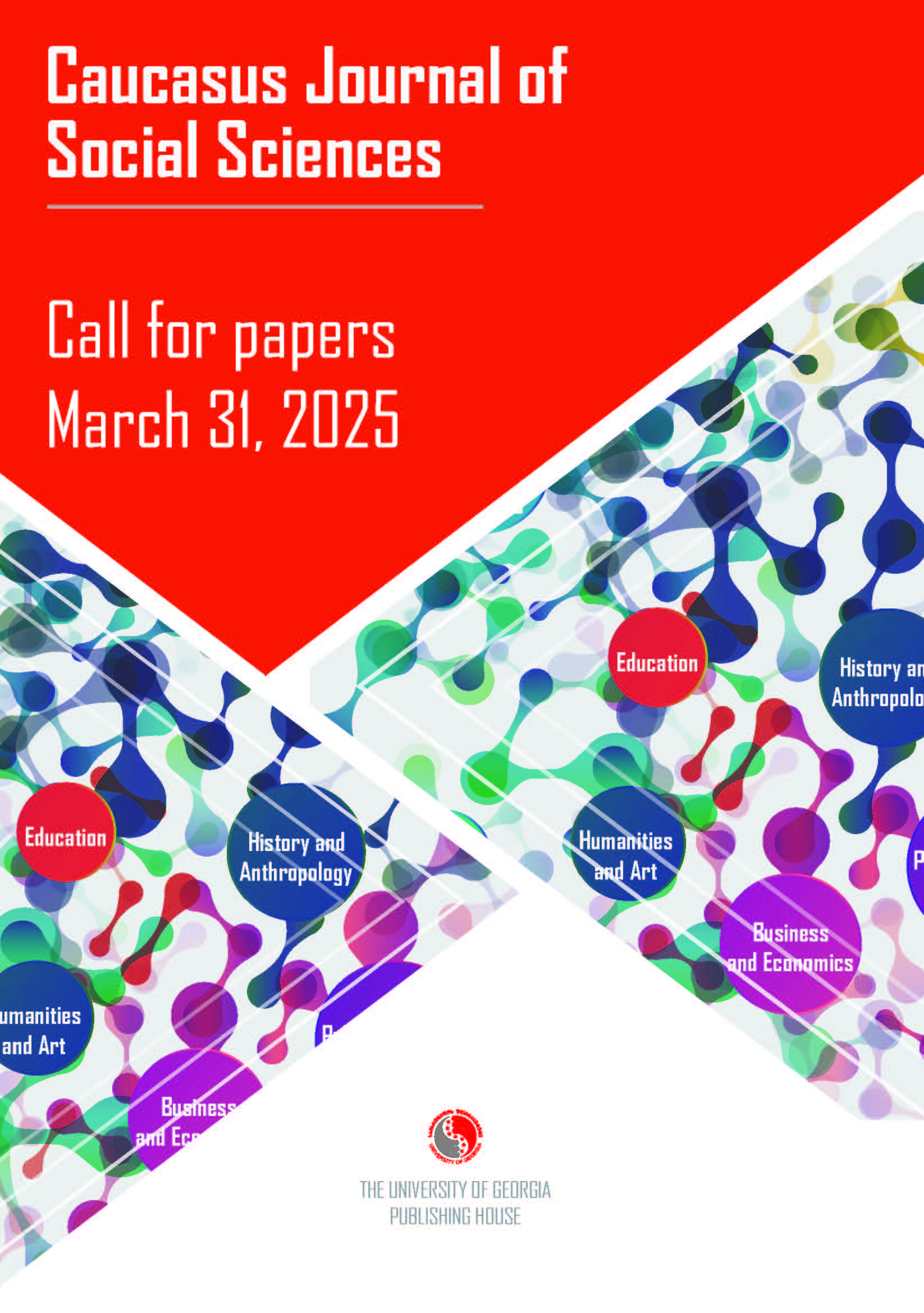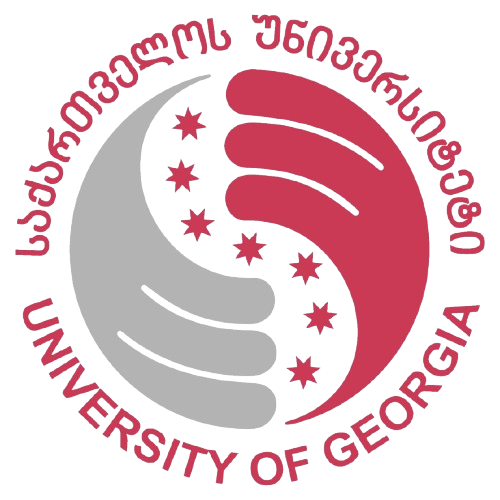Between Actors of the Bologna Process and the European Union, the emergence of the European Higher Education and Research Area
DOI:
https://doi.org/10.62343/cjss.2022.209Keywords:
higher education, universities, EESR, European policy, Bologna process, Magna ChartaAbstract
The European Higher Education Area (EHEA) has become a reality that
is detached from the model of the medieval university. This outcome
was far from obvious when the treaty of Rome was signed in 1957.
Erasmus and the Magna Carta are the cornerstones of the Bologna
process, which – despite bureaucratic governance but with the support
of the EU – translates and allows the actors of the university to have a
necessarily common approach to teaching and research.
Downloads
Published
How to Cite
Issue
Section
License
Copyright (c) 2023 Thierry Côme

This work is licensed under a Creative Commons Attribution 4.0 International License.
In case an article is accepted for publication it is allowed to combine the article with other research, to conduct new research on the article, or to make different arrangements on condition that the same license is used including commercial purposes.
As an author of an article published in the Caucasus Journal of Social Sciences, you retain the copyright of your article and you are free to reproduce and disseminate your work.











